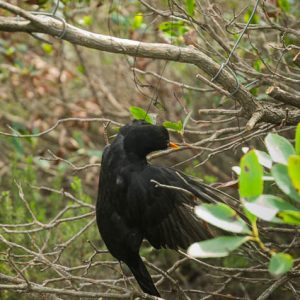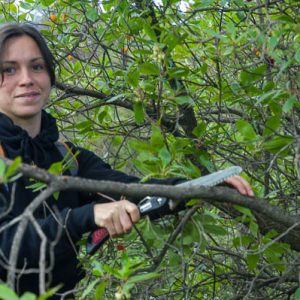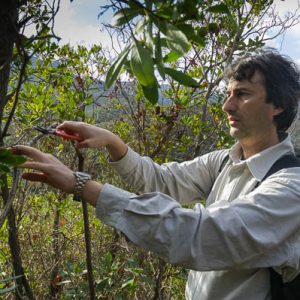In the hills above Capoterra, only a half hour drive from the island capital, Cagliari, traps such as those in the pictures below are set in their thousands. The wire supports are attached to branches and are used year after year – you can see the bark has grown around the wire.
The snares are made of horse hair or nylon and this indiscriminate trap is well suited to catch blackbirds and other thrushes when they go to fly away from the perch, not having seen the deadly nooses.
The practice is illegal but the law is poorly enforced, indeed during my visit I was shown a newspaper feature which explained where one could go for a meal of wild thrushes! I was invited to join the camp for a few days in November but very much as a worker rather than a guest. I was keen to see the work and collect these images but there was still lots of work to be done with a pair of wire cutters.
LIPU volunteers gather in the area and search the hillsides, destroying the traps as they find them – we were dealing with about 400 a day. It is hard work, at times dangerous, but there is great satisfaction in knowing that every trap destroyed is giving the birds a better chance.









